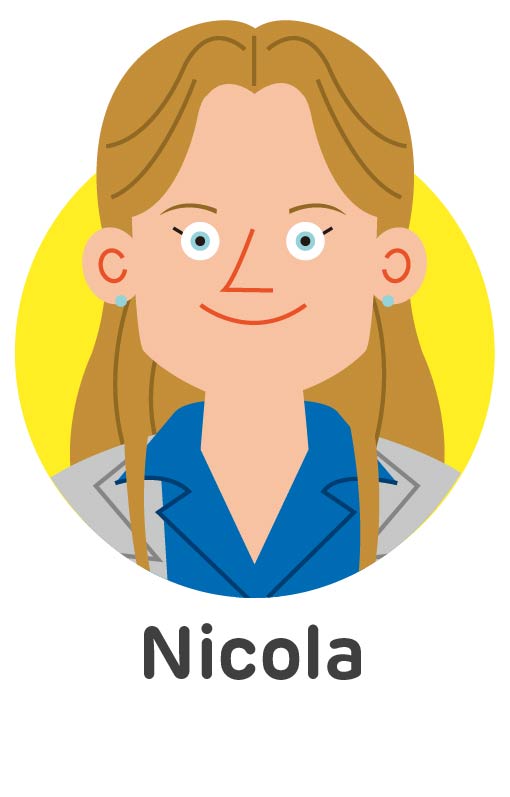Pre-lecture activity

Welcome to Lecture 2.

In this lecture, you will study how the English language has
developed over the centuries. Before proceeding to watch the
lecture video, please familiarise yourself with the technical
terms referred to in the lecture. Please see below.
- Old Norse: a north Germanic language that used to be spoken by Scandinavian inhabitants
- Ancient Britons: Celtic people who inhabited Great Britain in the British Iron and Middle Ages
- Celt: a person who belongs to people from western Europe who inhabited ancient Britain before the Romans
- Jutland: a peninsula that forms a large part of Denmark and a part of northern Germany
- Jutes: Germanic people who invaded and settled in southern Britain in the late fourth century
- Saxons: people who were originally from Germany and who settled in Britain in the fifth and sixth centuries
- Angles: Germanic people who migrated into Great Britain in the post-Roman period
- Gaelic: a group of languages that are used in some areas of Ireland, Scotland and the Isle of Man
- Cornish: a Celtic ethnic group that is native to or associated with Cornwall (a county in the Southwest of England)
- Chancery English / Chancery standard: a form of Middle English which was spoken by clerics and in the courts
- The Midlands: the central part of England
- Mercantilism: an economic theory developed between the 16th and 18th centuries, associated with the belief that a nation should increase its wealth by selling more than it buys from other nations